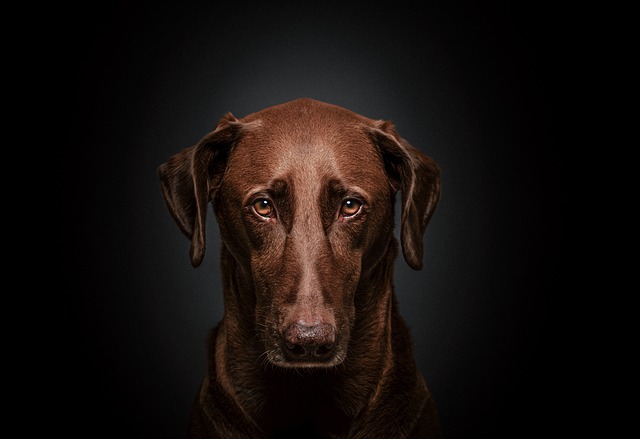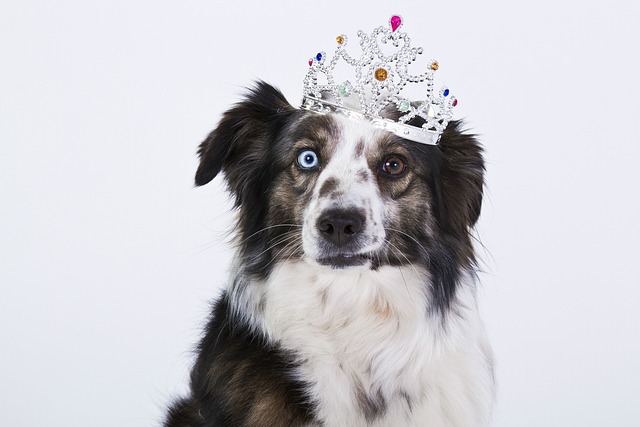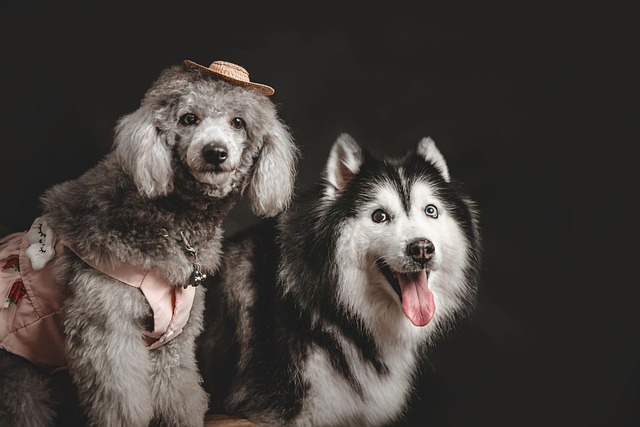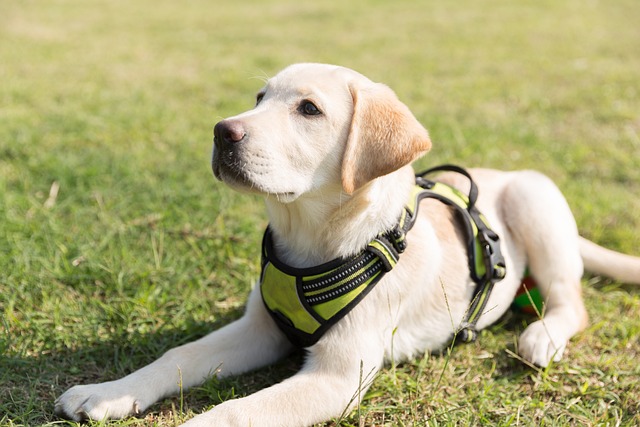
How to guide your dog to urinate and defecate outside?
Puppy pads scattered across the kitchen, a surprise pile behind the couch, the frantic scramble to clean before guests arrive—house-training struggles feel universal.
Picture this: You're at Seattle's Magnuson Dog Park watching a Labrador perfectly "heel" past squirrels while your own puppy, Cooper, pulls like a freight train toward every bush. That difference isn't magic—it's structured training levels at work. Understanding these stages transforms overwhelming puppy chaos into achievable milestones while keeping you compliant with U.S. pet norms.
Scientifically, dog training progresses through three cognitive stages: association, discrimination, and generalization. Puppies first associate words with actions ("sit" = bend knees). Next, they discriminate between similar cues ("down" vs. "settle"). Finally, generalization teaches them to perform behaviors anywhere—this is where most owners stall. Research shows dogs need 50-200 repetitions across 5+ locations to truly master a skill. Cooper lunging at ducks in Portland's Laurelhurst Park? He hasn't generalized "leave it" beyond your living room yet.
Start with Level 1: Foundation Skills. Indoors with zero distractions, teach name recognition, "sit," and crate entry using chicken bits. For apartment dwellers, prioritize "quiet" commands during evening hours—essential for Boston brownstone living. Level 2: Distraction Proofing happens in mild environments like your building's lobby. Practice "stay" as neighbors pass, rewarding only when Cooper holds position. Use a front-clip harness for control during elevator training sessions. Level 3: Advanced Reliability tests skills under high-stress scenarios. At Austin's Zilker Park, practice "recall" with 30-foot leashes near picnickers. Gradually increase the "three D's": Distance (commands from 20 yards), Duration (3-minute "stays"), and Distractions (squirrels, kids, food scraps).

Critically, each level demands greater responsibility. At Level 3, flawless off-leash control is mandatory—not just for safety, but to comply with leash laws in places like NYC's Central Park where fines exceed $250. Ensure Cooper's rabies tag is always visible (federal requirement) and carry waste bags religiously; Denver enforces $300 fines for missed cleanups. Culturally, positive reinforcement remains non-negotiable. Jerking leashes or alpha rolls during advanced training violates animal welfare standards and may void training certifications. Apartment etiquette peaks here: A dog ignoring hallway triggers demonstrates respect for shared spaces. Remember: Only service dogs performing disability tasks (like guiding or medical alerts) have public access rights—never fake "emotional support" vests for cafe privileges.
Ultimately, training levels measure real-world reliability, not command counts. Cooper calmly "settling" during a Chicago sidewalk festival proves Level 3 mastery. If he regresses during fireworks season, revert to Level 2. Celebrate progress with hikes in leash-optional zones like Colorado's national forests. Patience and consistency build trust faster than any quick fix.

Puppy pads scattered across the kitchen, a surprise pile behind the couch, the frantic scramble to clean before guests arrive—house-training struggles feel universal.

It’s a familiar morning scene for many new dog owners: you walk into the kitchen to find your pup’s nose buried in the trash can, cereal boxes torn open and banana peels scattered across the floor.

Watching a tiny Yorkie or Chihuahua dart toward the door instead of squatting on the rug feels like a win—but getting there takes time, and every pup moves at their own pace.

Puppies have tiny bladders, and when you live in an apartment with no yard or during harsh winters that make outdoor trips tricky, indoor potty training becomes a necessity.

Many new dog parents see agility videos—dogs zipping through tunnels, leaping over hurdles—and think, “We could never do that at home.”

Ever called your dog in the park, only for Fido to pretend he’s suddenly deaf? Or struggled to get him off the sofa when guests arrive? You’re not alone.